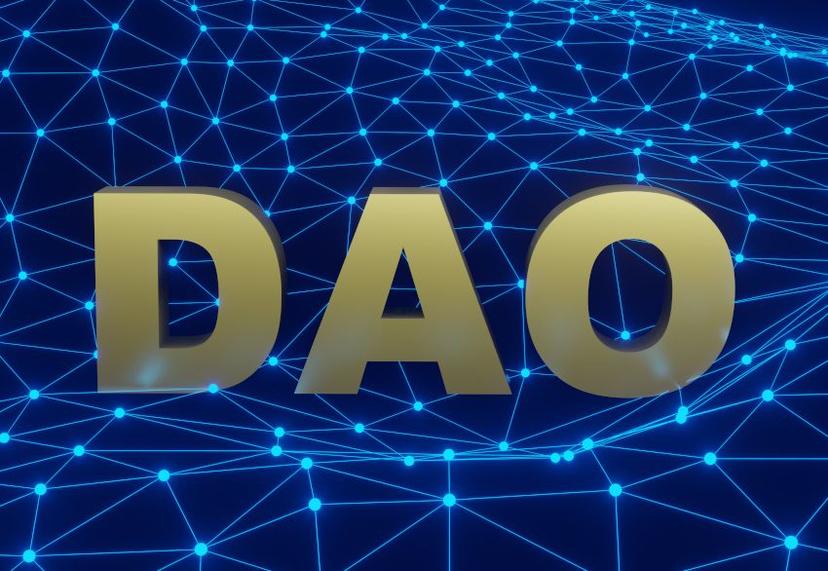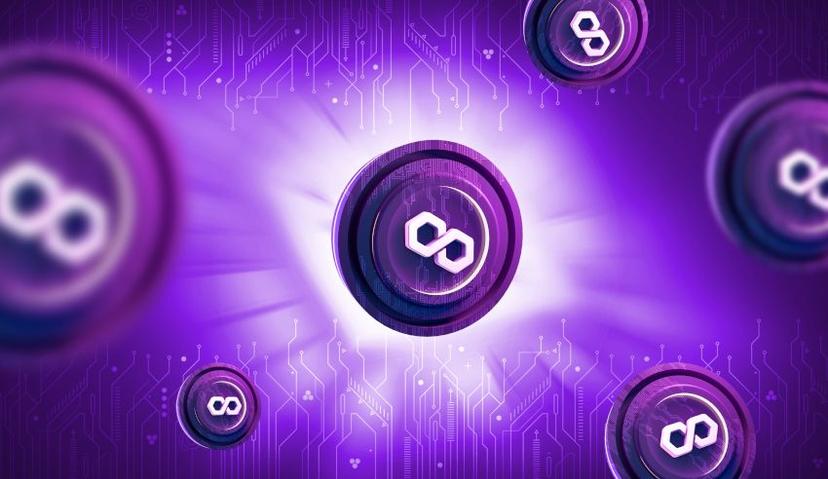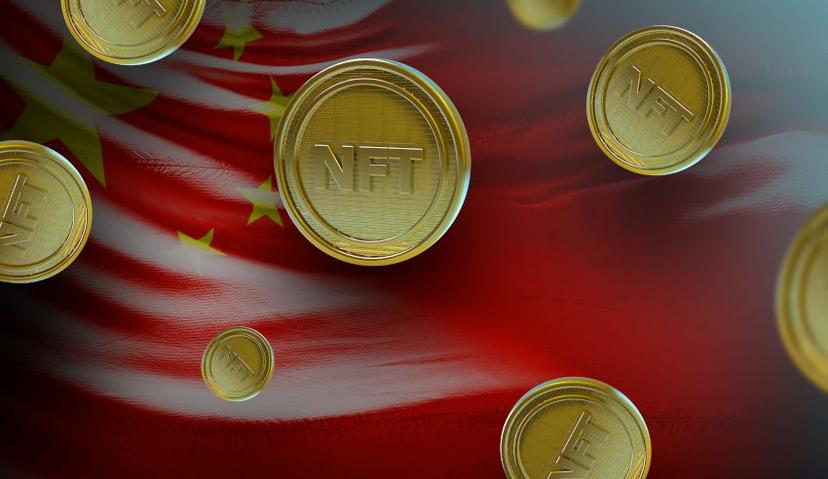Published July 3, 2023

Bitcoin Ordinals, often likened to Bitcoin's version of NFTs (Non-Fungible Tokens), have been making waves in the cryptocurrency space. With the introduction of the new BRC-69 standard, the landscape of data inscription on the Bitcoin blockchain is set to change dramatically. This article delves into the technicalities and implications of this new standard, particularly in the context of NFTs.
What are Bitcoin Ordinals and How Do They Relate to NFTs?
Bitcoin Ordinals allow for non-financial data to be stored on the Bitcoin blockchain. They are similar to NFTs, which have gained popularity on other blockchains like Ethereum. NFTs represent ownership of a unique item, often digital art or collectibles, and are stored on a blockchain. Bitcoin Ordinals function similarly, allowing users to inscribe data such as images or text onto the Bitcoin blockchain, effectively creating NFTs on Bitcoin. Before the introduction of BRC-69, Ordinals had a 4-megabyte limit on what could be inscribed on Bitcoin. This limitation often resulted in high transaction fees and a bloated blockchain.
Introducing BRC-69
The BRC-69 standard, launched on July 3, 2023, brings an innovative way to reduce the time and cost associated with making an inscription on the Bitcoin blockchain. It achieves this through a mechanism known as "recursive inscriptions."
Recursive Inscriptions
Recursive inscriptions allow users to extract data from existing inscriptions and use them to create new ones. This is a game-changing feature as it effectively bypasses the previous 4-megabyte limit on data inscriptions. According to the protocol’s GitHub, the BRC-69 token standard is a way of recycling data already inscribed and reducing the current cost by more than 90%.
The process of recursive inscriptions involves four steps:
- Inscriptions of the images on-chain.
- Deployment of the BRC-69 collection.
- Compilation of the token standard, where the Recursive Inscription points back to the initial deployment to render the asset.
- Mint operation where indexes of the traits point back to the compilation, and Recursive Inscriptions automatically inscribe the data on-chain while reducing costs.
This mechanism is akin to creating an internal internet within the Bitcoin blockchain, where every file can request data from other files. It is still unclear how this will be used, but it is undoubtedly an important moment in the history of Bitcoin.
Implications and Use Cases for NFTs
One of the immediate implications of recursive inscriptions is the reduction in cost and time associated with inscribing data on the Bitcoin blockchain. This is particularly important for creators and developers who wish to launch innovative ideas on the Bitcoin blockchain, including NFTs.
Furthermore, the BRC-69 standard does not deal with fungibility, unlike the BRC-20 token standard. Instead, it aims to achieve 90% block space optimization through recursive inscriptions. This is expected to resolve the issue of block clogging on the network due to higher demand, especially from NFT creators.
For NFTs, this means that artists and creators can now mint NFTs on the Bitcoin blockchain with greater ease and at a lower cost. This could potentially lead to a surge in the creation of NFTs on Bitcoin, which has historically been more associated with value storage rather than NFTs.
The Future of Bitcoin Ordinals and NFTs
With the introduction of BRC-69, the Bitcoin Ordinals space is expected to see a surge in activity, particularly in the NFT sector. The standard enhances the efficiency of Bitcoin block space utilization and
allows for more complex and larger data sets to be inscribed on the blockchain.
As the number of inscriptions continues to rise, nearing the 15 million range, the integration of BRC-69 is seen as a major objective for the Ordinals community. It is expected to open up new avenues for innovation and creativity on the Bitcoin blockchain, especially for NFT artists and collectors.
Moreover, as NFTs continue to gain popularity in the mainstream, the ability to create them on the Bitcoin blockchain could attract a new audience. This includes artists, collectors, and investors who are already familiar with Bitcoin but have not yet ventured into the NFT space.
In conclusion, the BRC-69 standard represents a significant leap forward in the capabilities of Bitcoin Ordinals and the creation of NFTs on the Bitcoin blockchain. By enabling recursive inscriptions, it not only reduces costs but also expands the possibilities for data inscription on the Bitcoin blockchain. This innovation is likely to attract more creators and developers to the space, fostering a new era of innovation on the Bitcoin blockchain and potentially making it a formidable competitor in the NFT market.



